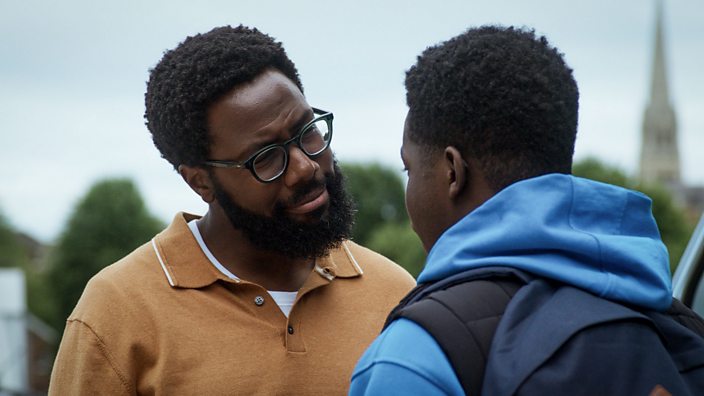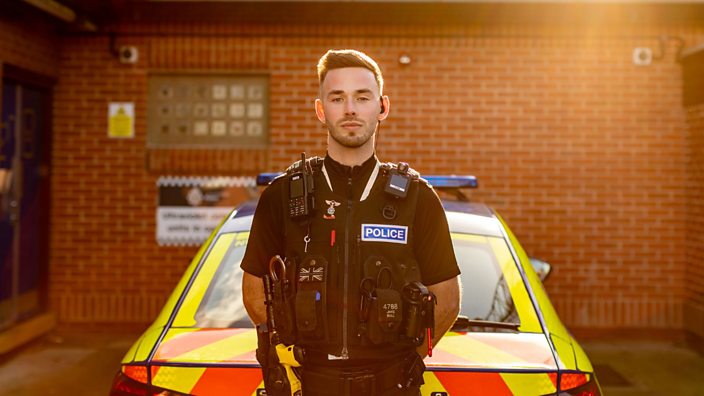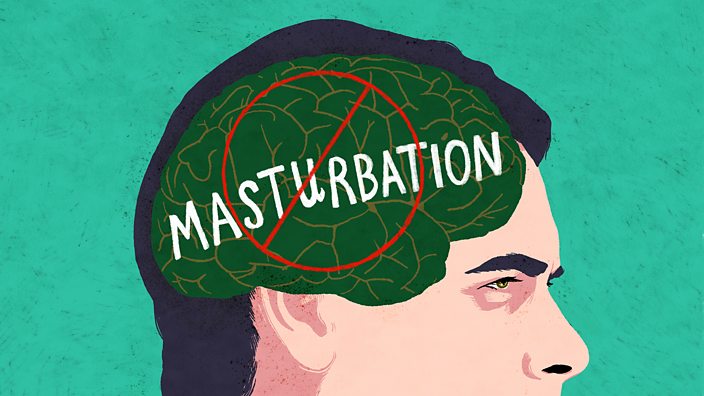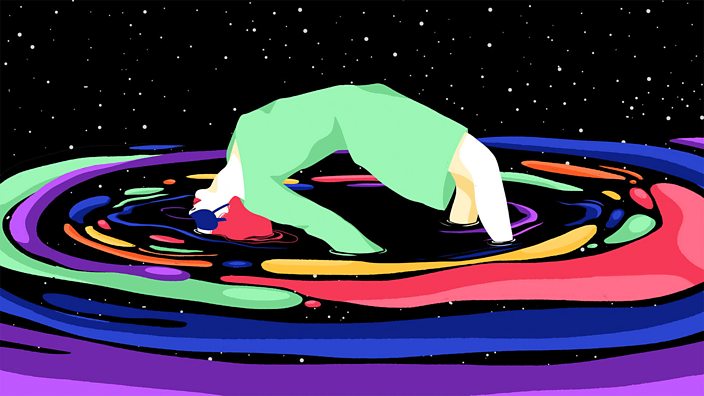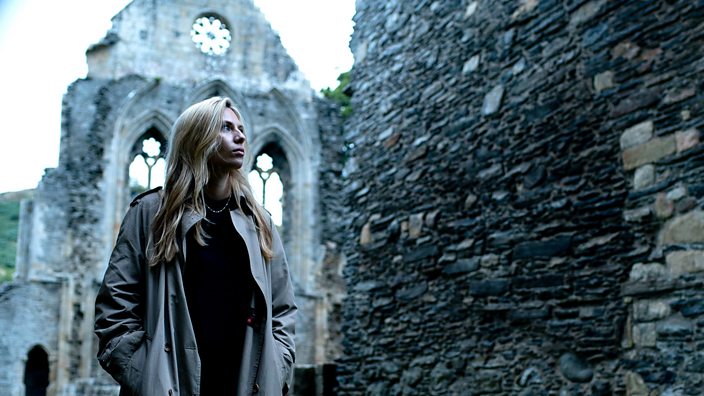 BBC / Twenty Twenty / Rory Jackson
BBC / Twenty Twenty / Rory JacksonThe science behind seeing ghosts
Scientists and engineers have made some fascinating discoveries recently that might explain why we think we see ghosts.
Disembodied voices in the night. Strange apparitions. A chill down the spine. Many people might have experienced spooky things they can’t explain.
Like the residents of the farmhouse at Penyffordd Farm, for example. The former owners of the house in Flintshire, north Wales claimed the house was haunted when they lived there in the 1990s. Across multiple interviews with the press, they claimed that words began appearing on their walls in Welsh – a language none of them spoke, that things began moving in the house on their own, and that they were being haunted by a pregnant young woman who was buried in the garden.
Paranormal: The Girl, The Ghost and The Gravestone investigates these reports, visiting the farm and speaking to its former residents. The BBC Three and BBC Wales show features materials from Penyffordd Farm that have been locked away. Until now.
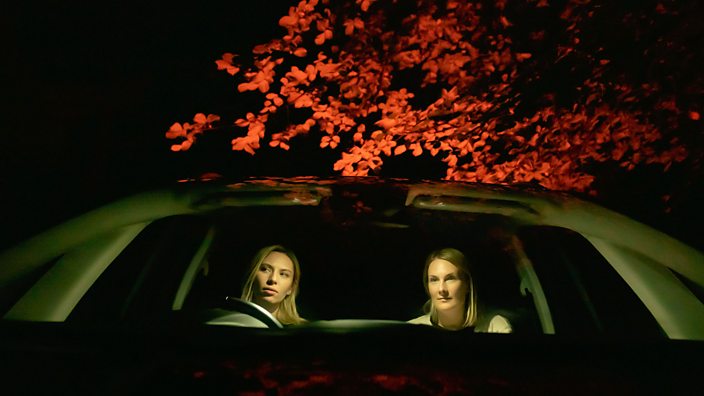 BBC / Twenty Twenty / Rory Jackson
BBC / Twenty Twenty / Rory JacksonIn the series, BBC Radio 1 DJ Sian Eleri tries to find a rational explanation for what happened at the house. She is just the latest, however, in a long line of people who have tried to find scientific explanations for ghosts.
BBC Three spoke to two scientists who have done just that, revealing the psychological and environmental factors that led to people believing they have seen ghosts, despite the lack of scientific evidence that the paranormal is real.
‘There’s a black cat hissing at him with black goo dripping from its mouth’
Dr Chris French is head of the Anomalistic Psychology Research Unit at London's Goldsmiths University. The unit aims to research psychology behind paranormal beliefs and unexplained experiences.
He attributes many stories of ghostly visions to sleep paralysis. As people move into rapid eye movement (REM) sleep, their brains prevent their bodies from moving. In this stage, people can find themselves awake, but unable to move.
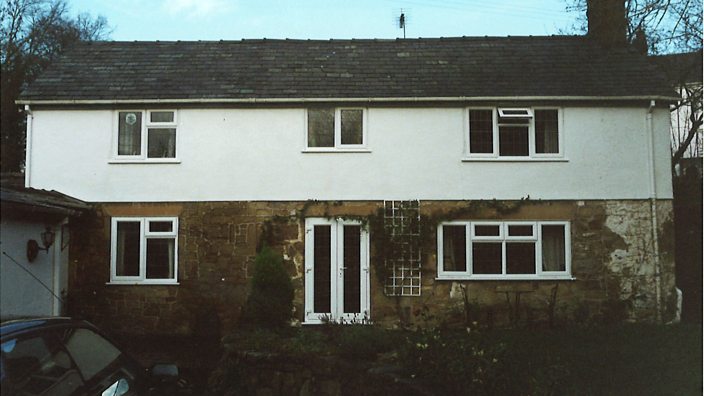 BBC
BBCAccording to the NHS website, other common symptoms of sleep paralysis include a feeling someone is in your room or pushing you down. As REM is the sleep state most associated with dreams, hallucinations can also occur.
“Sleep paralysis is a kind of glitch in the normal sleep mechanisms,” he explains. “It can be terrifying. One student of mine told me about waking up and there’s a black cat by the side of the bed hissing at him. But it had an inverted cat skull with black goo dripping from its mouth.”
Hallucinations are only reported in a “small percentage” of sleep paralysis cases. “But because sleep paralysis is a relatively common phenomenon,” Chris says, “that small percentage accounts for lots of people who’ve seen a ghost.”
‘Haunted’ houses have more mould
Dr Shane Rogers is a civil and environmental engineering professor at New York's Clarkson University. He investigates the link between haunted houses and mould.
Shane noticed what he calls “strange behaviour” from his children after exposure to mould in his basement. He also watched a TV series about haunted houses, and noticed many of them had signs of mould.
Many of the symptoms humans experience after mould exposure match those seen in reports of ghost sightings. According to the NHS, aspergillus mould, which is found in damp buildings, can cause shortness of breath and optic nerve inflammation, causing dark shapes to float across people’s vision. Stachybotrys, or black mould, has been shown in a lab test on mice to create a feeling of fear.
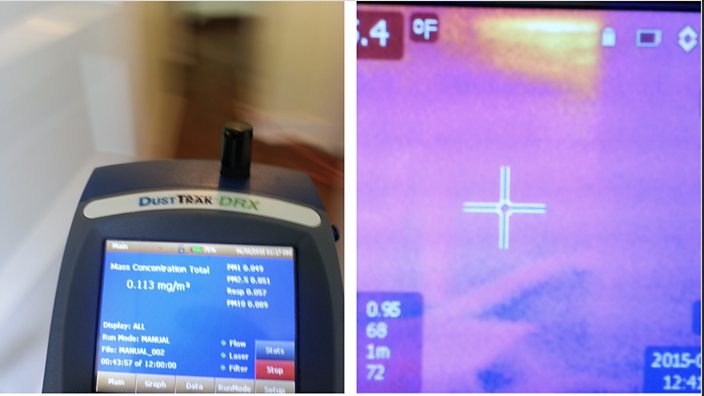 Shane Rogers
Shane RogersShane and his team were able to collect a full set of data about the mould in 27 locations, 13 of which were considered to be haunted.
The team found a strong link between the presence of mould and reports of hauntings. “We can say for certain from our samples,” Shane says, “that there is a statistically significant difference in the prevalence of mould at haunted locations.
“That’s not to say we didn’t go to some non-haunted places that had mould. Even my own basement was problematic. But there definitely was a big difference between [haunted and non-haunted locations].”
 Shane Rogers
Shane Rogers‘If someone tells you a room is haunted, you’ll notice every creak’
For Chris, who features as an expert on BBC Radio 4’s Uncanny, there are three main psychological explanations for people thinking they’ve seen ghosts: prior belief (if you already believe in ghosts, you are more likely to think a strange experience is paranormal), context and hallucinations.
“When people hear the word ghost,” Chris explains, “you visualise ghosts walking through walls rattling chains. People do report stuff like that, but it's very rare.
“It's much more likely to be more vague sensations. A sense of presence. Feeling dizzy, changes in temperature, shivers up the spine.
“Hallucinations are much more common than is generally realised. Anybody can hallucinate under conditions like extreme sleep deprivation, high stress or high temperature.”
Context is also key. “If you’re shown around an old building and somebody says it’s haunted,” says Chris, “you'll notice every little creak and change in temperature in a way you wouldn't have done otherwise.”
An artificial haunted room
Two other major scientific explanations for ghosts exist. One is that electromagnetic fields cause disturbances in people’s brain signals, causing hallucinations.
The other blames sound that is too low for humans to hear. The theory goes that certain frequencies (around 19 hertz) cause the human eyeball to vibrate slightly, causing optical illusions.
To investigate these two theories, Chris and his team created an artificial haunted room, exposing participants to infrasound and electromagnetic activity.
“People did report unusual sensations in the room," Chris says. "Eight percent of people even reported feeling terror.
“The problem was when we analysed the results, it didn't matter whether the infrasound and the electromagnetic fields were on.
“If you say to a bunch of people, ‘if you go in that room, you might have some weird experiences,’ the more suggestible ones do. But it's the power of suggestion and nothing else.”
